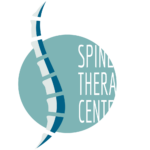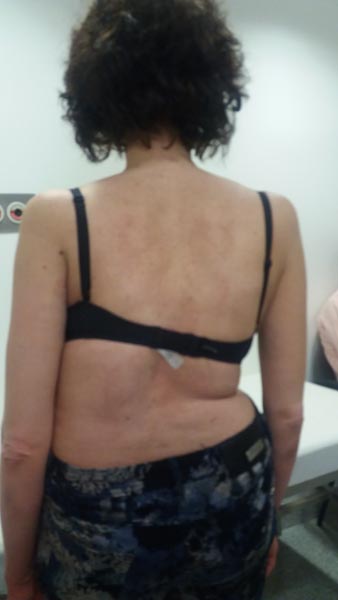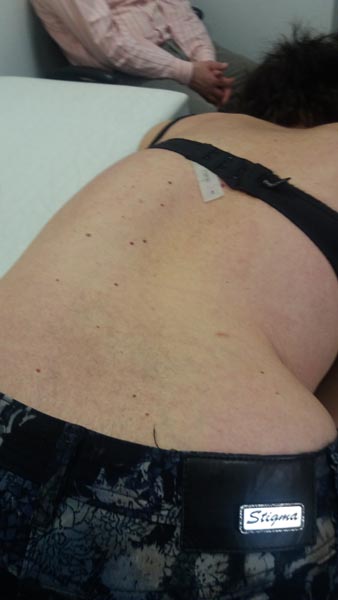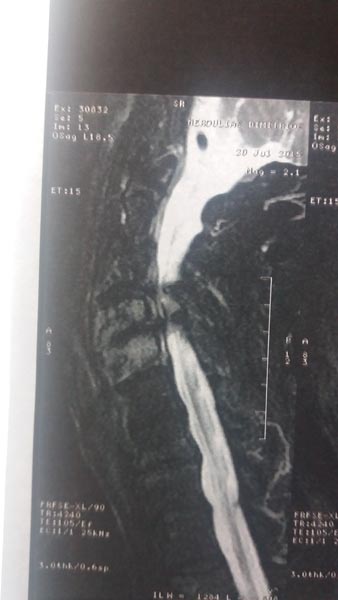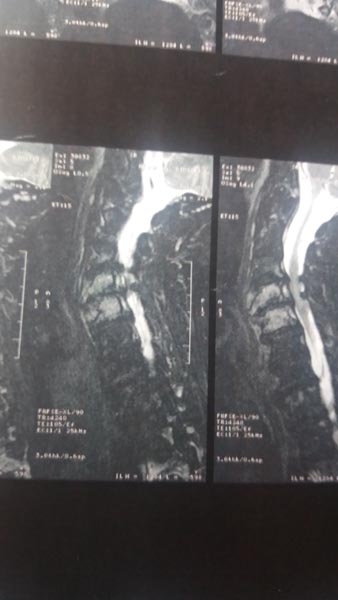Always first the person, with correct diagnosis, appropriate treatment, emphasizing the Minimally Invasive Techniques
Scoliosis – Kyphosis – Spondylolysis – Spondylolisthesis
Scoliosis is the greater than 11° vertebral (column) curvature with simultaneous rotation of the vertebrae. Scoliosis is with simple words the excessive lateral curvature of vertebral column named.
There are 4 main causes of scoliosis in children and young people:
- Idiopathic – where causes are unknown.
- Syndromic – where curvature constitutes part of a symptom of another disease.
- Neuromuscular – where cause is associated with a neuromuscular disease which affects nerves and muscles.
- Congenital – where spinal column is during infant development in uterus abnormally formed.
Conservative Monitoring –Guardian
Surgically using Minimally Invasive Systems AP-Fix
Extensive spinal fusion using implants.
Scoliosis is the greater than 11° vertebral (column) curvature with simultaneous rotation of the vertebrae. Scoliosis is with simple words the excessive lateral curvature of vertebral column named.
Types of scoliosis
Vertebral column can be curved to every side of the body:
- Curvature in chest region is known as thoracic scoliosis.
- Curvature in the lowest point of the back is known as lumbar scoliosis.
- Curvature between thoracic and lumbar spine is known as thoracolumbar scoliosis.
- Curvature in thoracic and lumbar spine is known as double maximum curvature.
Scoliosis etiology
There are 4 main causes of scoliosis in children and young people:
- Idiopathic – where causes are unknown.
- Syndromic – where curvature constitutes part of a symptom of another disease.
- Neuromuscular – where cause is associated with a neuromuscular disease which affects nerves and muscles.
- Congenital – where spinal column is during infant development in uterus abnormally formed.
Scoliosis treatment
Scoliosis treatment can be conducted either by conservative treatment and use of suitable splints or surgically depending on age, type and severity of the curvature, basic diagnosis and lung functionality of the patient.
Splint
The scoliosis splint delays curvature progression and can contribute to balance and function of patient posture. Nevertheless, its use is necessary needing parallely coordination of patient but also of his closer family environment. It is typical that it can be used from the age of nine months and maybe earlier for some severe curvatures in neuromuscular diseases. Splint is necessary also to be, in order to be more effective, 16-23 hours in a day applied.
Surgery
The surgery is in patients with curvature greater than 40º and continued progression recommended. It is also recommended in cases with curvature greater than 50º, which leads to functionality disorders for the patient.
The main objectives of the intervention are:
- To straight as much as possible spinal column.
- To contribute to correction maintain so that curvature does not progress in adultness.
This is accomplished with:
- Bridging the vertebrae across curvature and supporting the bridging bones with special tools- screws and metallic rods in spinal column.
